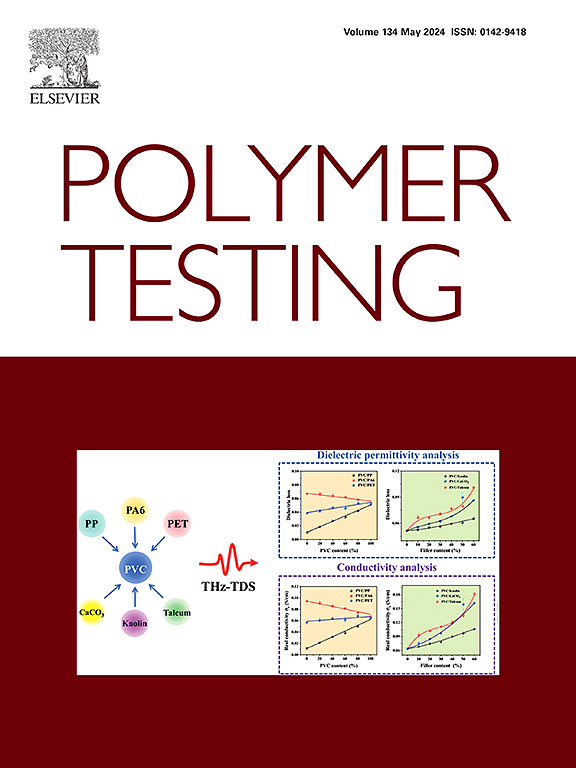Chemical structure–property relationships of photocurable monomers/macromers: Potential binder candidates for ceramic/metal vat photopolymerization
IF 5
2区 材料科学
Q1 MATERIALS SCIENCE, CHARACTERIZATION & TESTING
引用次数: 0
Abstract
Successful ceramic/metal vat photopolymerization (VPP) depends on the precise optimization of photocurable polymers to achieve ideal component properties. Most photocurable polymers consist of binary systems with monomers/macromers of varying functionalities. Crosslinking polymerization in VPP, particularly concerning monomer/macromer chemical structure, has not been extensively researched. This study systematically investigates the effects of three difunctional monomers, three difunctional macromers, and three multifunctional monomers. 18 combinations were prepared using difunctional monomers/macromers and multifunctional monomers at a 50:50 ratio. The study examined how linker chain length, ethoxylation, functional groups, and functionality impact properties critical for VPP processes, including photocuring behavior, mechanical properties, and shrinkage. Curing depth measurements showed that resins with rigid monomers and longer chain lengths had a higher critical energy (), while flexible monomers had a lower . Methacrylate-containing formulations exhibited a higher than acrylates. Although resins with higher functionality () generally showed higher , this trend was not always consistent. Photo-DSC results showed that ethoxylated TMPTA slows down crosslinking polymerization in methacrylate-containing resins but accelerates it in acrylate formulations. Moreover, combining tetrafunctional monomer with methacrylate enhanced the polymerization rate of methacrylate. The compression tests showed that an excess of ethylene oxide groups in the chemical structure of used monomers introduces a higher degree of flexibility and softness to the cured structure, leading to a reduction in mechanical properties. Furthermore, it was observed that methacrylate-containing resins shrank more compared to their acrylate-containing counterparts. Finally, five potential candidates were proposed for ceramic/metal VPP.
求助全文
约1分钟内获得全文
求助全文
来源期刊

Polymer Testing
工程技术-材料科学:表征与测试
CiteScore
10.70
自引率
5.90%
发文量
328
审稿时长
44 days
期刊介绍:
Polymer Testing focuses on the testing, analysis and characterization of polymer materials, including both synthetic and natural or biobased polymers. Novel testing methods and the testing of novel polymeric materials in bulk, solution and dispersion is covered. In addition, we welcome the submission of the testing of polymeric materials for a wide range of applications and industrial products as well as nanoscale characterization.
The scope includes but is not limited to the following main topics:
Novel testing methods and Chemical analysis
• mechanical, thermal, electrical, chemical, imaging, spectroscopy, scattering and rheology
Physical properties and behaviour of novel polymer systems
• nanoscale properties, morphology, transport properties
Degradation and recycling of polymeric materials when combined with novel testing or characterization methods
• degradation, biodegradation, ageing and fire retardancy
Modelling and Simulation work will be only considered when it is linked to new or previously published experimental results.
 求助内容:
求助内容: 应助结果提醒方式:
应助结果提醒方式:


